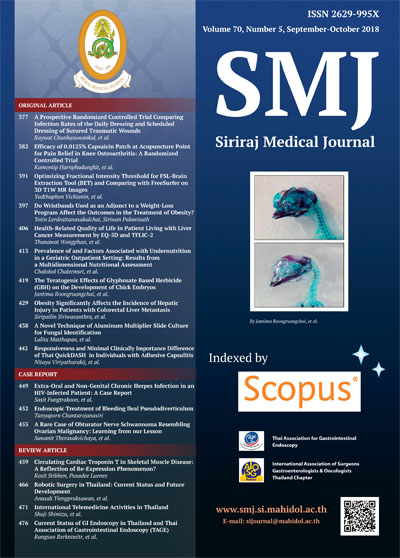A Rare Case of Obturator Nerve Schwannoma Resembling Ovarian Malignancy: Learning from our Lesson
Keywords:
Obturator nerve; ovarian tumor; pelvic mass; schwannomaAbstract
Objective: Obturator nerve schwannoma is an uncommon pelvic tumor and, therefore, is usually overlooked
as a probable diagnosis per initial, preoperative, radiologic evaluations. This leads to an unanticipated difficult
intraoperative management in a narrow operative field, surrounded by vital organs. This report describes a patient
with obturator nerve schwannoma who presented with a pelvic mass and underwent surgical evaluation for possible
ovarian malignancy.
Case presentation: A 58-year-old woman, presenting with asymptomatic right solid-cystic pelvic mass. Exploratory
laparotomy, which was performed due to suspicion of ovarian cancer, revealed a 9-cm retroperitoneal mass
located within the right obturator fossa, originating from the obturator nerve. Hysterectomy, bilateral salpingooophorectomy
and enucleation of retroperitoneal mass were performed. The right obturator nerve was entirely
preserved. Histopathological examination revealed a schwannoma. Postoperatively, the patient reported paresthesia
at the medial aspect of the right thigh without weakness. No recurrence was detected at 6-month follow up.
Conclusion: Although obturator nerve schwannoma is rare and often not diagnosed preoperatively, a thorough
inspection of CT scan and MRI can potentially reveal a continuity with its anatomical origin. Subsequently, a needle
biopsy can be performed to obtain a diagnosis. Laparoscopy is a safe therapeutic approach for schwannomas located
within the obturator fossa.
Downloads
Published
How to Cite
Issue
Section
License
Authors who publish with this journal agree to the following conditions:
Copyright Transfer
In submitting a manuscript, the authors acknowledge that the work will become the copyrighted property of Siriraj Medical Journal upon publication.
License
Articles are licensed under a Creative Commons Attribution-NonCommercial-NoDerivatives 4.0 International License (CC BY-NC-ND 4.0). This license allows for the sharing of the work for non-commercial purposes with proper attribution to the authors and the journal. However, it does not permit modifications or the creation of derivative works.
Sharing and Access
Authors are encouraged to share their article on their personal or institutional websites and through other non-commercial platforms. Doing so can increase readership and citations.










